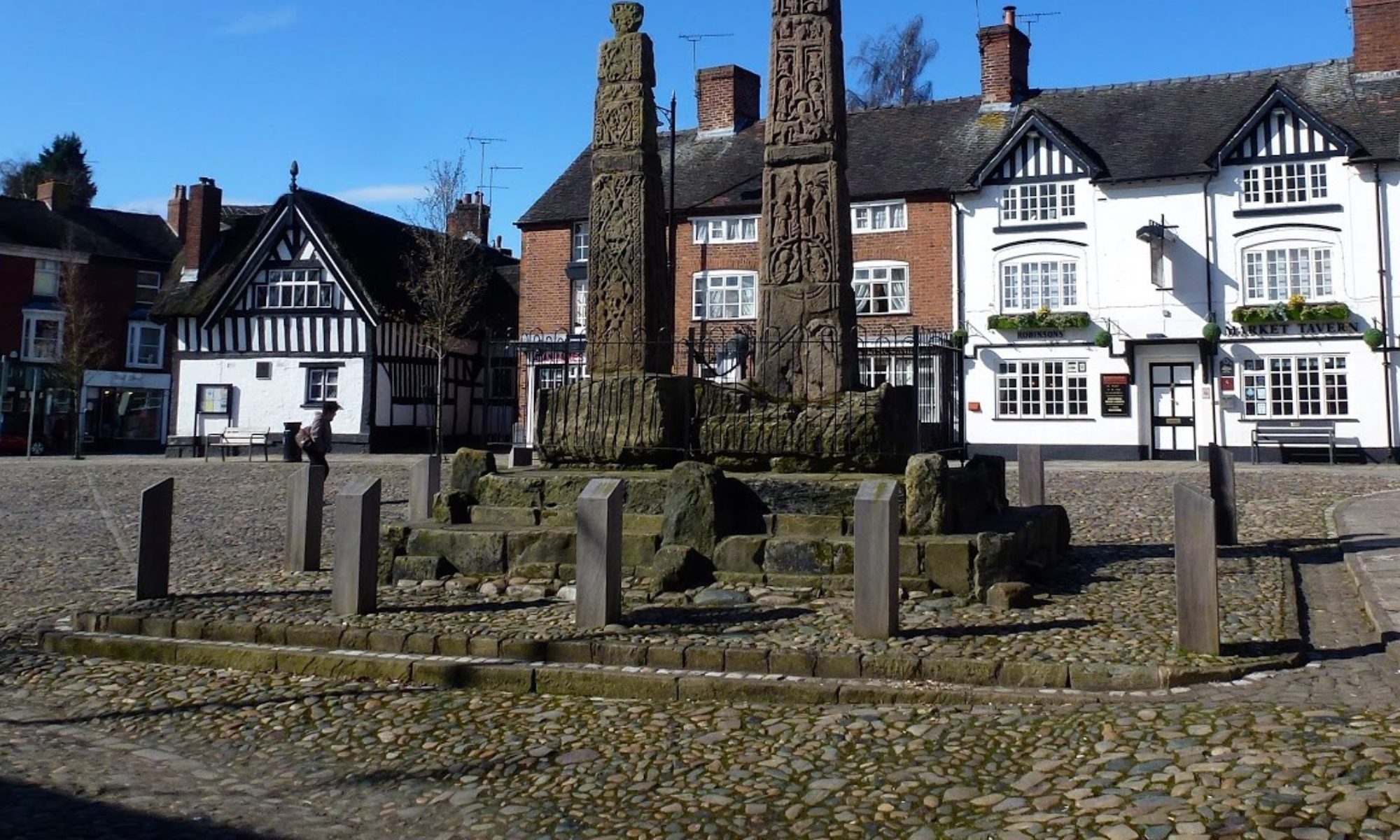3 Aug 2022 Runcorn Leader: Martyn, Length of walk: 8 miles, Driving Distance: 30 miles, Number walking: 9
Start from What 3 Words ///heat.folds.sector Click here to see a map of the walk.
Martyn’s walk started at Top Lock’s Car Park in Runcorn and initially took us through the centre of the town, in search of toilets which had been carefully reccied by Martin but the local council sadly let us down as they were shut even though times said they should be open – all fine though as we were all happy to proceed and cope along the way!
A lovely start along the canal in beautiful sunshine with many coots and moorhens to count. Martyn’s knowledge of canals and canal boats was excellent and we all learnt a lot along the way. Leaving the canal we wended our way through lovely parks and fields that surprised us all and the icing on the cake was when we got to the Castle pub on the hill at old Halton where the views were amazing, reaching as far as Wales. Martyn negotiated access to the castle (and the pub loos).
Back down in to Runcorn and a gentle walk along the promenade which taken you along the Mersey and the Ship Canal under the Jubilee Bridge.
Altogether a fabulous walk, showing us all parts of Runcorn that we didn’t know about – thank you Martyn!
17 Aug 2022 Llangollen Leader: Keith, Length of walk: 9 miles, Driving Distance: 45 miles, Number walking: 13
Start from What 3 Words /// glitter.shady.commuted Click here to see a map of the walk.
The start point for long walks is normally in an empty or quiet rural location. Llangollen is a major tourist centre with crowds wandering around looking for something to buy. The walkers soon found something; they paid 30p each to use the toilet where a helpful attendant explained how to use the card machine. It would be interesting to know how much of the 30p goes to keep him sitting there.
After the toilet, the group crossed the river Dee using the Grade I listed bridge. The current bridge is listed as one of the seven wonders of Wales and dates from the 16th or 17th century depending on how you interpret the records. The local high school graduating classes have an unofficial tradition of jumping into the river from the bridge. Fortunately, none of the walkers was aware of this tempting prospect as they crossed.
The seven wonders include Mount Snowdon, a 73-metre waterfall and some other less wonderful stuff.
Once over the river, the path soon left the built-up area and climbed the hill to reach Castell Dinas Brân . The castle has been known in English as “Crow Castle” since at least the 18th century, but there are other translations of the Welsh. It could be named after a Gaulish chief, a Cornish prince, a Celtic god, a mountain stream or just “hill” (bryn in Welsh). Whatever it is called, it was built by the Welsh then seized by an Earl of Surrey, who abandoned it in 1282 in favour of a site at Holt, which was also by the river Dee but avoided all the climbing.
The walkers could not avoid the climbing, so they plodded to the top after many stops to admire the view and get some breath back. The castle was the site of a well-deserved coffee break to which Peter added some blueberry and banana muffins. Delicious!
North of the castle, the Offa’s Dyke path sits at the base of the Eglwyseg escarpment. Stephen says it’s famous as an unconformity and nobody will contradict him. It is an impressive pile of rock to make a geologist’s heart race. The path goes to the hamlet of World’s End at the head of the valley, but the group turned off to find somewhere for lunch. The intended lunch stop was at Valle Crucis abbey, but the rumbling noises forced a change of plan and a convenient bench surrounded by tuffets afforded a suitable site with views over the valley.
Valle Crucis abbey is surrounded by caravans and tents with not a bench in sight; not a good place to stop for lunch.
The leader promised a climb up Velvet Hill, but the bracken obscured any velvet that might have been around, and the OS map omits that name. Emerging from the trees above Horseshoe Falls the leader ignored the obvious route down and digressed to a chapel and graveyard. He may have relatives there he doesn’t get to visit very often.
Thomas Telford built Horseshoe Falls as a weir to divert water from the river Dee to the Llangollen canal and it now takes 12 million gallons a day. Some of that water is supplied to the people of South Cheshire. Thank you, Thomas. In addition to the water supply, the weir acts as a suitable site to start canoeing or rafting to Llangollen. For the walkers it provided a grassy area to sit for an afternoon tea stop while watching the water sports.
The final leg of the walk followed the channel taking the Dee water to the Llangollen canal, where the horse-drawn barge carried tourists too idle to walk the towpath and dodge the droppings.


















